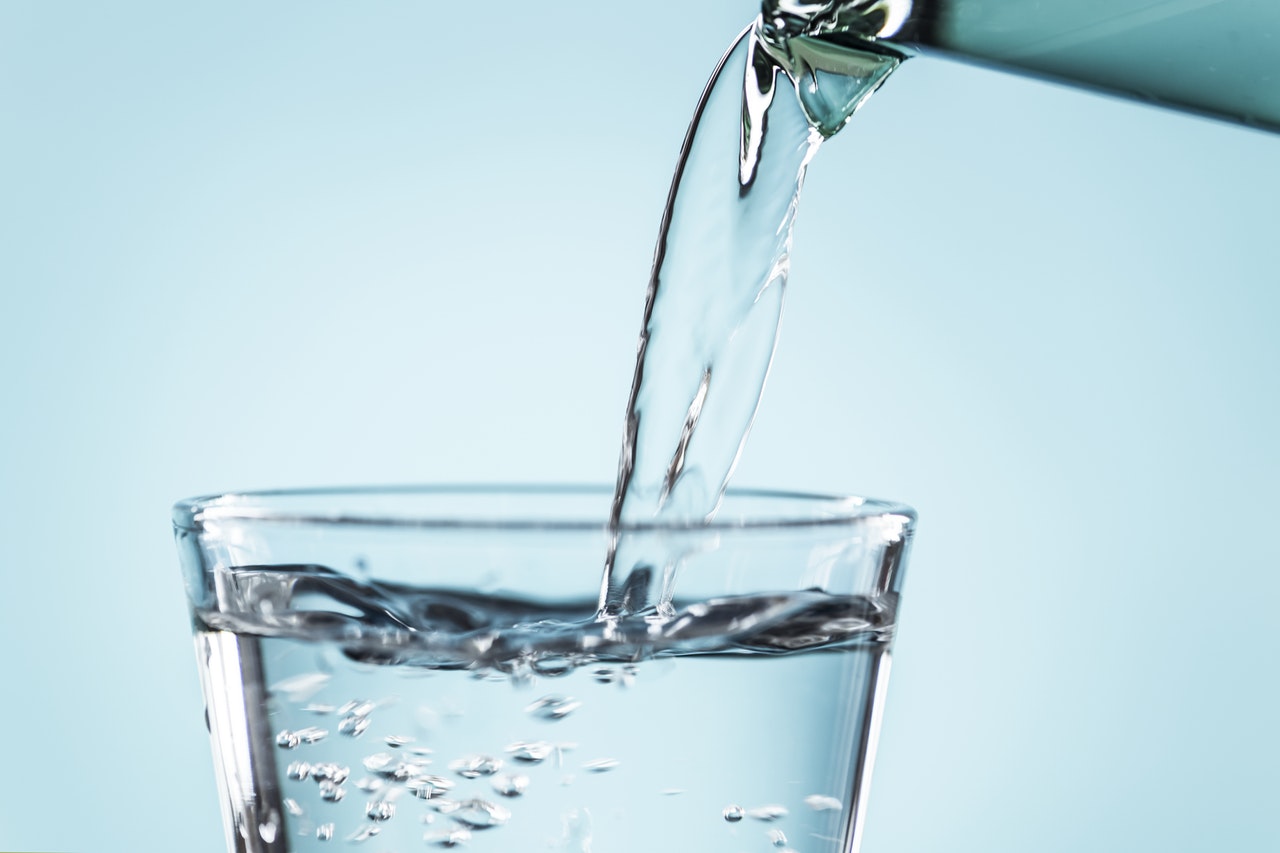Your hands can be your serving guides
There’s a way to control portion size that requires no weighing or counting. Usually, your hand size corresponds roughly to how big your body is which means you can use it as a guide. It would go something like this:
At least a palm-sized amount of protein (it works best with meat or fish)
At least a fist-sized amount of veggies (the more the better)
Roughly one cupped-hand portion of complex carbs (potatoes, brown rice, quinoa, oats, etc.)
Roughly one thumb-sized portion of fat (butter, olive oil, nuts, seeds)
Or you can use a plate in a similar way. Vegetables should make up a third, protein ingredients another third, and carbs the remaining third. If you’re adding butter or olive oil, go for a tablespoon or the thumb again.

Choose smaller plates
Studies show that people serve themselves bigger portions when given larger dinnerware. For example, a 2006 study showed that a sample of 85 nutritionists served themselves 31 % more ice cream when given bigger bowls and 14,5 % more when given bigger serving spoons. In a more recent study from 2012, people who used large bowls ate 77 % more pasta than those who used regular-sized bowls. So, just a simple act of replacing your main plate with a smaller one can have a surprisingly big positive impact.
Just like with plates, the packaging size also influences how much you eat. Take a look at the next pack of chips, chocolate, or any other snack food you buy. It almost always contains several servings. But once you open the container and start snacking, it’s hard to stop. The solution is easy, only put the desired amount of your favourite snack on a plate. It will prevent you from eating more than intended.

Have a glass of water before your meals
Just like protein and fibre, water also helps you feel satiated. A study from 2010 showed that drinking 500 ml of water before each meal resulted in a 44 % higher weight loss in 48 older men over 12 weeks. Another study observed 24 overweight adults that were instructed to drink 500 ml of water 30 minutes before a meal and found that they ended up eating 13 % fewer calories without trying to make any changes to food quantity. So, drinking a glass of water 30 minutes before eating can be a great tool for weight loss and feeling full in general.
Eat slowly
It takes your brain roughly 20 minutes to register how full you are after eating. A 2008 study looking at 30 healthy women found that eating slowly produced greater feelings of fullness, more enjoyment from a given meal, and a decrease in food intake compared to eating quickly. If you want to keep your portion sizes in check, then avoid eating on the go or distracted by watching TV. Take your time chewing and enjoying the meal you have in front of you.




